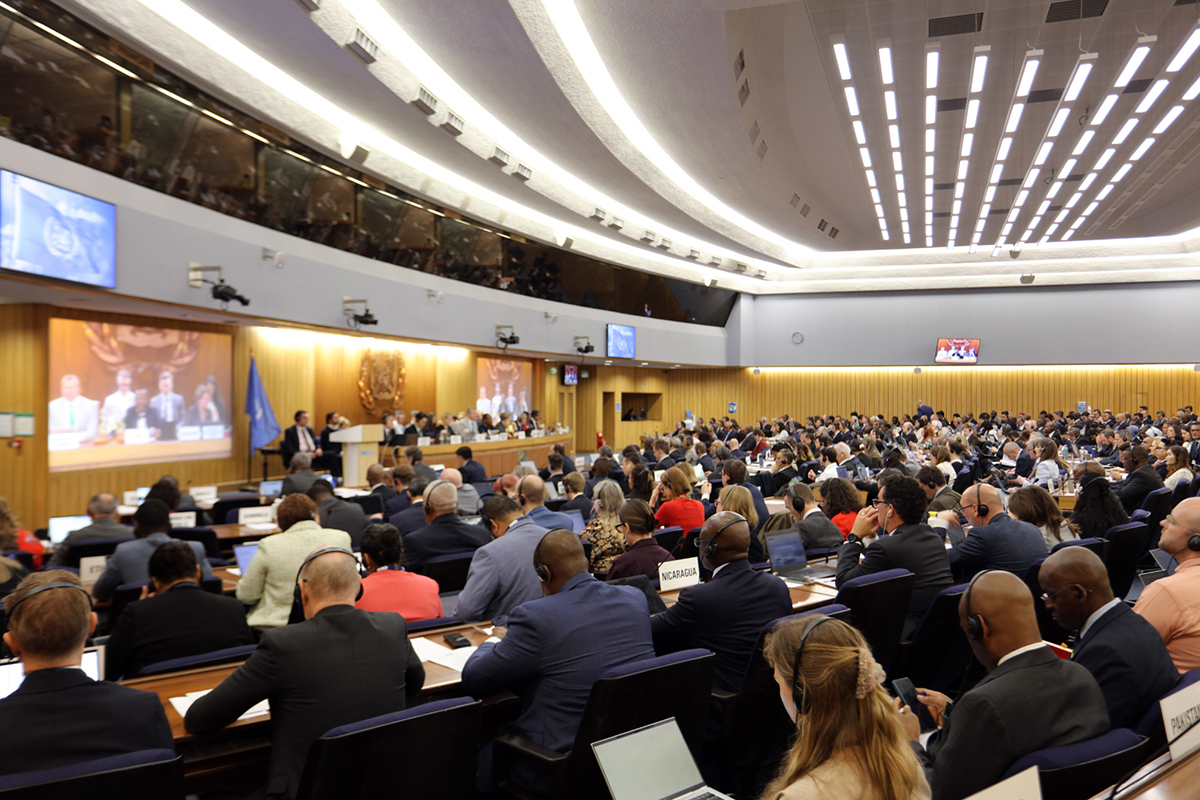MEPC 83: Danish Shipping lauds IMO’s GHG intensity reduction plan
Denmark-based shipowners’ association, Danish Shipping, has welcomed the compromise draft framework approved at the IMO last week, claiming it “contributes to closing the price gap between fossil and alternative, green fuels.”
 IMAGE: Last week's MEPC 83 meeting at the IMO headquarters in London. X of @IMOHQ
IMAGE: Last week's MEPC 83 meeting at the IMO headquarters in London. X of @IMOHQ
IMO member states voted in favour of a compromise two-tiered greenhouse gas (GHG) intensity reduction plan on Friday, after week-long negotiations failed to reach a consensus on a flat-rate levy.
The approved draft will require ships to progressively reduce their well-to-wake GHG fuel intensity (GFI) from 2028 onwards. The targets are benchmarked against 2008 levels, set at 93.30 grams of CO2-equivalent per megajoule (gCO2e/MJ).
The key challenge during the negotiations was to strike a balance that advances the goal of climate-neutral shipping by 2050, while also being acceptable to a broad coalition of countries with vastly different interests and priorities, the Denmark-based shipowners’ association said.
GHG fuel intensity (GFI) reduction targets will tighten over time, ranging from 4–17% in 2028 to 30–43% by 2035. The MEPC plans to review and further tighten targets for 2036–2040 at another MEPC in 2032. According to the draft framework, the base reduction target should reach 65% by 2040.
“We would have liked something more ambitious. That’s clear. But I still believe it’s a great victory that an agreement has been reached which moves us in the right direction – especially against the current geopolitical backdrop,” chief executive officer of Danish Shipping, Anne H. Steffensen said.
Non-compliant ships will need to balance their emissions shortfalls under a two-tier system. “It will take a dedicated effort leading up to the final adoption in October,” Steffensen added.
By Aparupa Mazumder
Please get in touch with comments or additional info to news@engine.online






